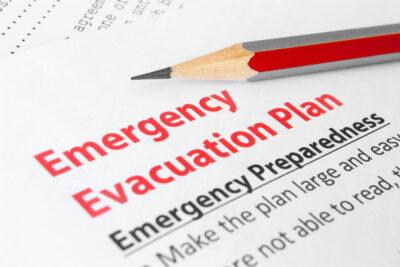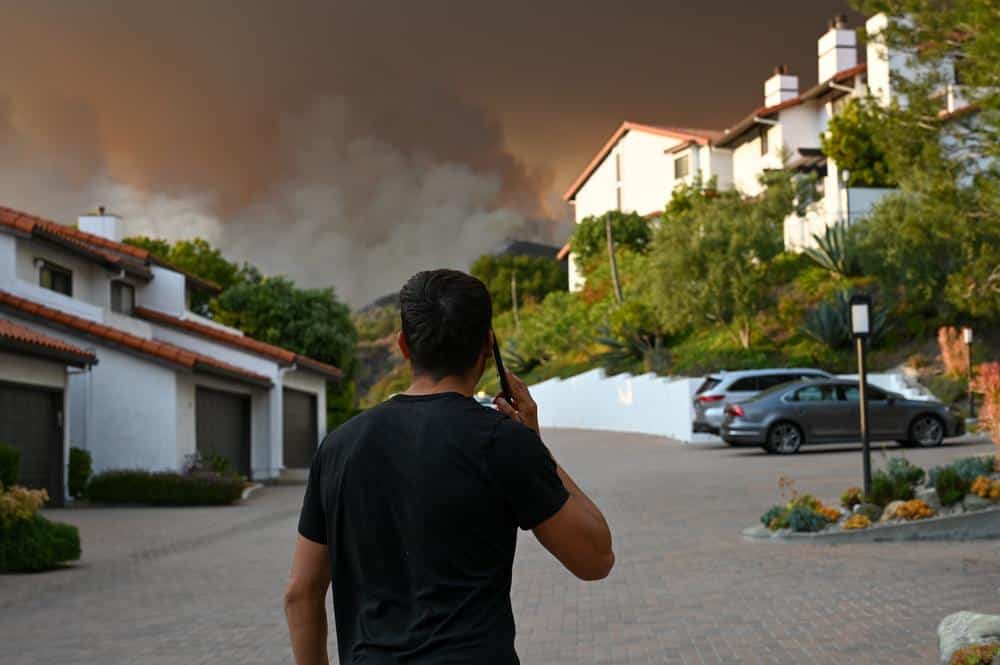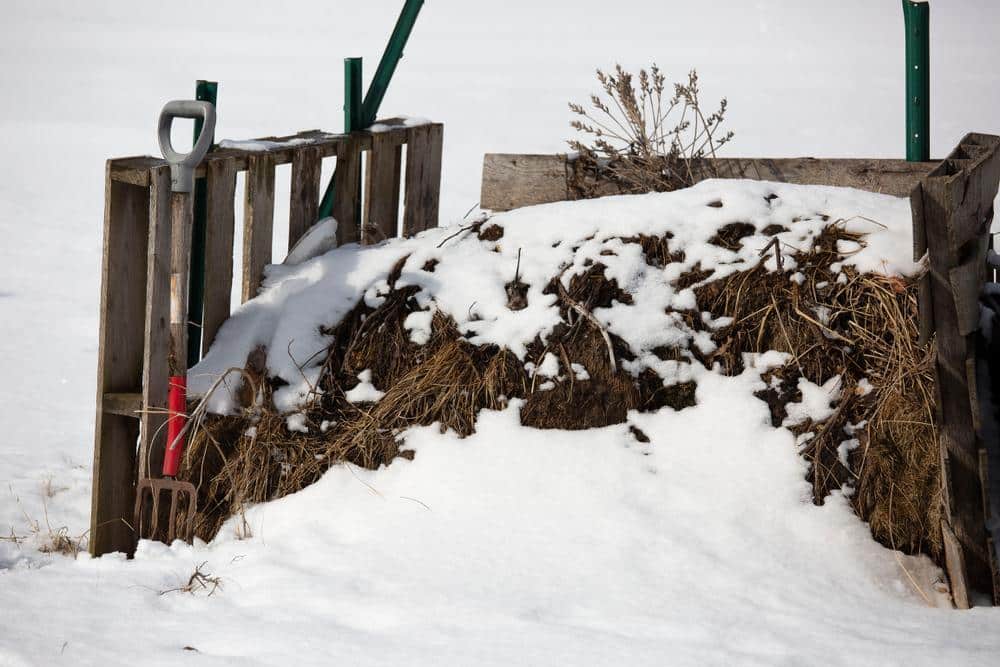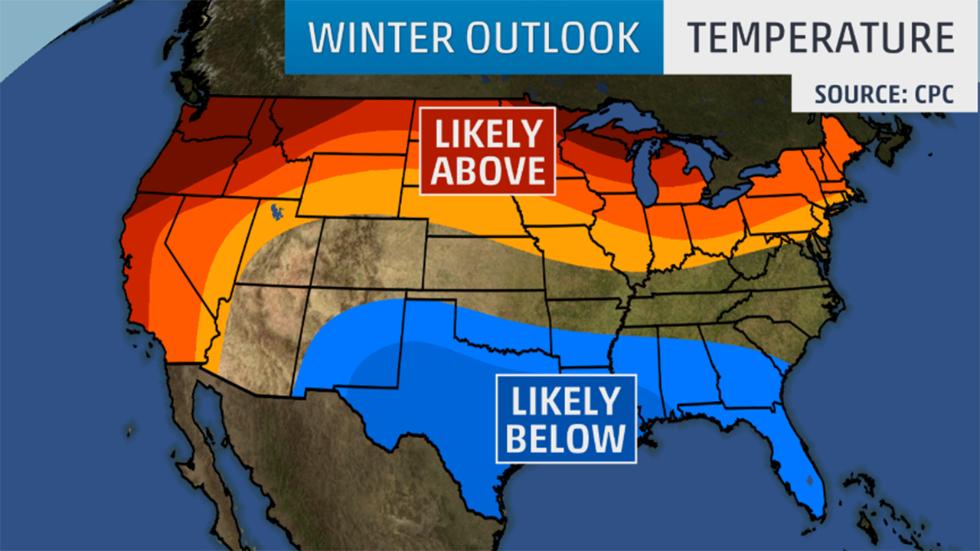When howling winds fan the flames of a wildfire, the resulting inferno can move with breathtaking speed, sometimes consuming hundreds of acres in just a few hours. Entire communities may be forced to evacuate as fires jump roads, rivers, and other natural barriers, leaving widespread destruction.
Although these events can feel overwhelming, there are concrete steps you can take to increase your chances of survival. Drawing on guidance from CAL FIRE (the California Department of Forestry and Fire Protection) and the National Fire Protection Association (NFPA), this article offers methods for both pre-fire preparation and active survival if you find yourself in the path of a wind-driven blaze.
Embrace Preparedness Before Smoke Appears
Preparation is one of the most effective tools for staying alive when a fire threatens an entire community. Even when the skies are clear, the NFPA advises that individuals and families create a Wildfire Action Plan.
This plan covers exit strategies from homes, workplaces, and schools and includes a comprehensive family communication strategy. Identify a designated contact person outside the immediate area whom family members can call or text if separated.
Gather emergency supplies in a “go bag” with water, non-perishable food, prescriptions, flashlights, fresh batteries, and essential documents such as birth certificates and insurance information.
Enrolling in local alert systems like Nixle or CodeRED can keep you informed of any major changes in fire conditions. If you have a yard, removing dry foliage and leaves, pruning vegetation, and creating defensible space can help slow the spread of fire around your home.

Act Quickly When Evacuation Is Ordered
When wind gusts are fueling an inferno, the fire’s size and direction can change in a heartbeat. If officials issue an evacuation order… whether voluntary or mandatory… leaving early can be the difference between safety and life-threatening peril. CAL FIRE emphasizes that hesitation can lead to dangerous roads and higher risk, so it’s wise to be on the move sooner rather than later.
Keep your vehicle ready with a half-full gas tank at a minimum, and store an additional emergency kit or bug out bag in the trunk. Dress to protect yourself from sparks, heat, and smoke, wearing long sleeves, sturdy pants, closed-toe shoes, and a reliable face covering if possible. Before you go, close all windows and doors of your home to reduce drafts and move flammable materials away from structures. However, do not lock doors, as fire personnel may need quick access for suppression efforts.
Staying Safe on the Road
Evacuation may be your safest choice, but wind-driven fires can reach roads and highways with unsettling speed. Visibility often plummets when smoke envelops an area, turning a standard drive into an urgent challenge. Reducing your speed, turning on headlights, and maintaining enough distance from other vehicles are sensible actions that allow for abrupt stops if smoke suddenly thickens.
Stay aware of the fire location and look for safe detours if flames begin to encroach on the route. If the fire traps you and there is no viable path forward, remaining in your car might be your best temporary shelter. Roll up windows, close the ventilation, and call 911 if cell service is available. The metal structure of the vehicle can shield you from the heat for a short time, though you should seek a safer area as soon as conditions allow.
Sheltering in Place as a Last Resort
Although early evacuation is strongly recommended, situations sometimes arise where exit routes are cut off. If you must shelter in place, focus on limiting exposure to smoke and finding the safest interior spot. Use wet towels or any available damp cloth to seal doorways and windows, reducing the inflow of smoke.
If the house fills with smoke, stay low to the floor, where the air is clearer. Choose a room farthest from the approaching flames, ideally one with few windows. Keep your phone or other communication device with you at all times so you can call for help the moment it’s needed. While sheltering in place should never be the first plan, understanding these steps can buy critical time if evacuation becomes impossible.
Guarding Your Lungs Against Smoke
One of the most immediate dangers of a large-scale wildfire is smoke inhalation rather than direct contact with flames. Thick, toxic smoke can lead to disorientation, respiratory irritation, and a rapid decrease in your ability to flee or think clearly. If you do not have a specialized smoke mask, even a damp bandana or towel over your mouth and nose can help filter out some particulates.
Drink water frequently to keep your airways moist and better able to expel harmful particles. CAL FIRE notes that masks designed to filter out small particulates, such as N95 respirators, can provide better protection if worn correctly. Still, any barrier is better than no protection at all.
Fostering a Positive Mindset and Community Support
Surviving wind-driven wildfires requires preparation, swift action, and a calm and focused approach. Staying positive in the face of panic helps you think more clearly, enabling you to take life-saving measures under pressure.
Work closely with neighbors and community members, sharing information about viable escape routes or offering help to those who need assistance packing or transporting pets. Solidarity can save lives, as a connected community can act more quickly than isolated individuals. When people look out for one another, resources are better utilized, and information flows where it needs to go.
Rebuilding and Looking Ahead
Emerging from a catastrophe can feel overwhelming, but this stage of the journey also reveals how resilient people and the natural environment can be. Once officials declare it safe to return, coordinate with local relief groups, insurance providers, and building inspectors to begin rebuilding.
Check your home and surroundings carefully for hot spots or embers that can reignite the fire, and rely on professional assessments for structural safety. Although the blackened landscape may appear permanently scarred, nature often recovers in time, and so do communities. Families come together, rebuild homes, and renew their commitment to safety in the future.
Might Sound Boring To Some – But Please Have A Plan
By creating a wildfire plan, acting decisively when evacuation becomes necessary, and employing proactive techniques to protect yourself and those around you… you stand a stronger chance of surviving a wind-driven wildfire.
CAL FIRE and the NFPA underline the same message: preparedness works and swift action saves lives. Even as flames die down and scarred terrain remains, hope and community spirit rises from the ashes. There is life after the fire… with the proper knowledge and mindset, you can survive it!










